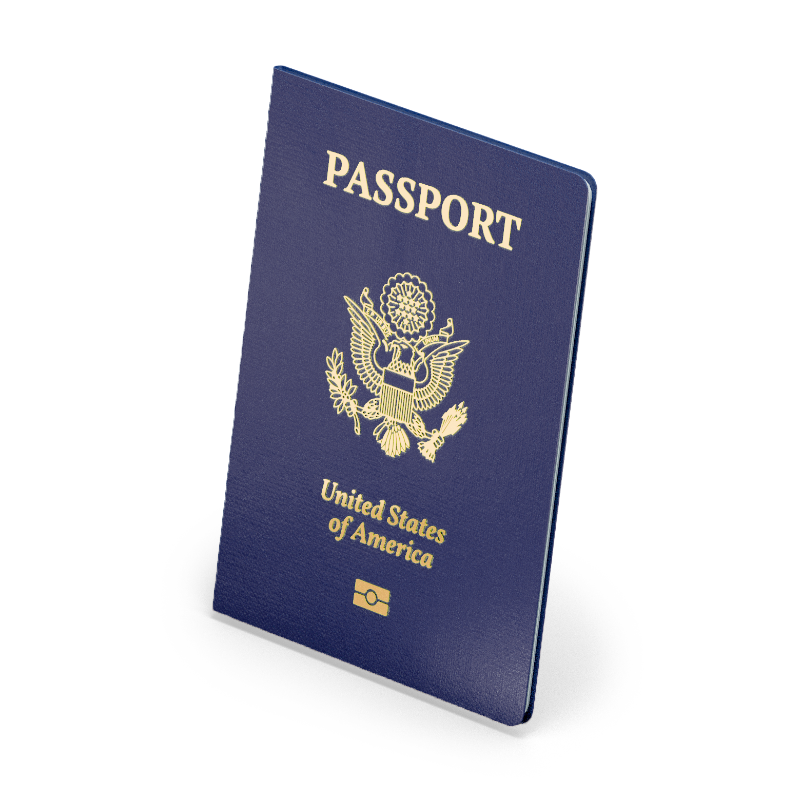Is studying in the United States a dream that you would like to pursue? The US offers many different academic and vocational schools (trade schools) in some of the most beautiful cities and towns in North America where you can realize your dream.
If you are planning to study in the United States as a temporary, non-immigrant visa holder at either an academic school (F-1 Visa) or a vocational, non-academic school (M-1 Visa), you may be able to apply for one of these two visas.
Click on the heading that interests you:
What is the Difference Between the F-1 Visa and the M-1 Student Visa?
The F-1 student visa is for individuals who plan to study at an academic school in the US.
The M-1 student visa is for individuals who plan to study at a vocational, non-academic school in the US. Back to Table of Contents.
F-1 Student Visa for the United States
Below is key information for you to be aware of if you are planning on applying for one of the two study visas, the F-1. This information should provide you with clarification about this student visa.
If you have been granted a spot at a US academic school that offers classes from the primary level up to university level, you will need to apply for the F-1 visa, which is a visa for temporary studies. The US school where you have been accepted must be a privately-funded school. Back to Table of Contents.
Who Qualifies or is Eligible for the F-1 Study Visa?
The F-1 student visa is available to individuals who are international students and their families for temporary residence in order to study in the United States at an academic institution.
The visa covers students who wish to attend a US school from the elementary level to university.
To be eligible for the F-1 visa, applicants must follow the F1 visa rules.
Applicants must have an offer of admission from a Student and Exchange Visitor Program (SEVP) approved school, have strong ties to their home country, be able to prove sufficient financials, and be proficient in English. Back to Table of Contents.
What is an F-1 Student Visa?
The F-1 visa is a non-immigrant (temporary) visa for international students who wish to study temporarily at an academic school in the US.
The F-1 academic student visa allows the applicant to enter the US as a full-time student at the following levels and types of institutions:
- University or college
- High school
- Private Elementary school
- Seminary
- Conservatory
- Other Academic institutions, including language training programs
- Vocational or other recognized non-academic institutions, other than a language training program
Back to Table of Contents.
What are the Requirements to Obtain an F-1 Visa?
To obtain an F-1 student visa, you must be enrolled as a full-time student in an academic educational program or a language training program. You also must be accepted into a school that is approved by the Student and Exchange Visitors Program (SEVP) and by Immigration & Customs Enforcement.
If you want to obtain the study visa, you must be proficient in English or be enrolled in classes that will lead to proficiency. You must have sufficient funds to support yourself during the entire proposed course of your study and be prepared to maintain residence abroad and have no intention of giving it up. Back to Table of Contents.
What is the Process for the F-1 Visa?
Applicants must be accepted to an SEVP approved school before applying. To qualify, the program in which you are enrolled must culminate in the receipt of a degree, diploma, or certificate and the school must be authorized by the US government to accept international students. Back to Table of Contents.
M-1 Student Visa for the United States
If you wish to pursue studies in the US to learn a trade or to become a technician of some sort, the M-1 study visa may be your best option. The M-1 is for students who want to study at a non-academic or vocational school where completion does not lead to a degree. Back to Table of Contents.
Who Qualifies or is Eligible for the M-1 Study Visa?
The M-1 student visa is available to international individuals or families for temporary residence in order to study in the United States.
To be eligible for the M-1 Student Visa, applicants must intend to study at a vocational or non-academic school, other than language training, have been accepted at an SEVP institution, be proficient in English, have strong ties to your home country, and be able to finance your education and stay. Back to Table of Contents.
What is an M-1 Student Visa?
The M-1 visa is a non-immigrant visa for international students who wish to study temporarily at a vocational or non-academic school in the US. M-1 visa holders for technical and vocational programs are not permitted to work during the course of their studies and must provide proof of sufficient funds to pay all tuition and living costs for the length of their study program. Back to Table of Contents.
What are the F-1 and M-1 Visa Processing Times?
Processing times for US study visas vary depending on several factors:
- The office or service center responsible for processing the file
- The type of non-immigrant visa
- Study visa interview wait times (if applicable)
- Whether the applicant can qualify for an expedited interview appointment
- Whether Expedited processing is available
- Whether Premium Processing is available
- Providing insufficient or incomplete documents can lead to delays in processing and even denials
Back to Table of Contents.
Top 10 Reasons for Refusal of the F-1 and M-1 Applications
While there are many reasons why your study visa application could be refused, we have listed the top ten most common ones here:
- Current and or past immigration status and history for the US or abroad, including overstaying and unauthorized employment
- Insufficient funds to support themselves during their stay
- Incorrect or incomplete petition
- Insufficient supporting evidence
- Conflicts with travel documentation
- Health concerns
- Suspicious of malicious intent
- Problems with background check
- Criminal history/Being convicted of a crime/Suspected or known ties to terrorism
- Material Misrepresentation
Back to Table of Contents.







